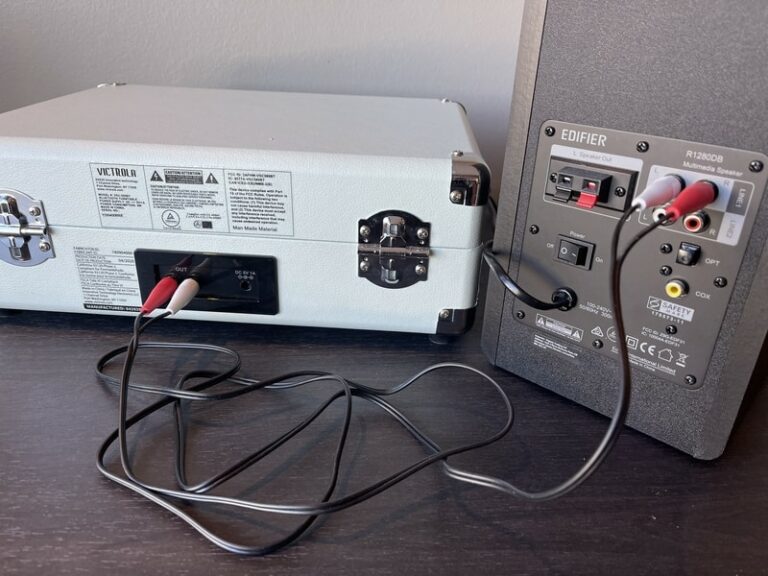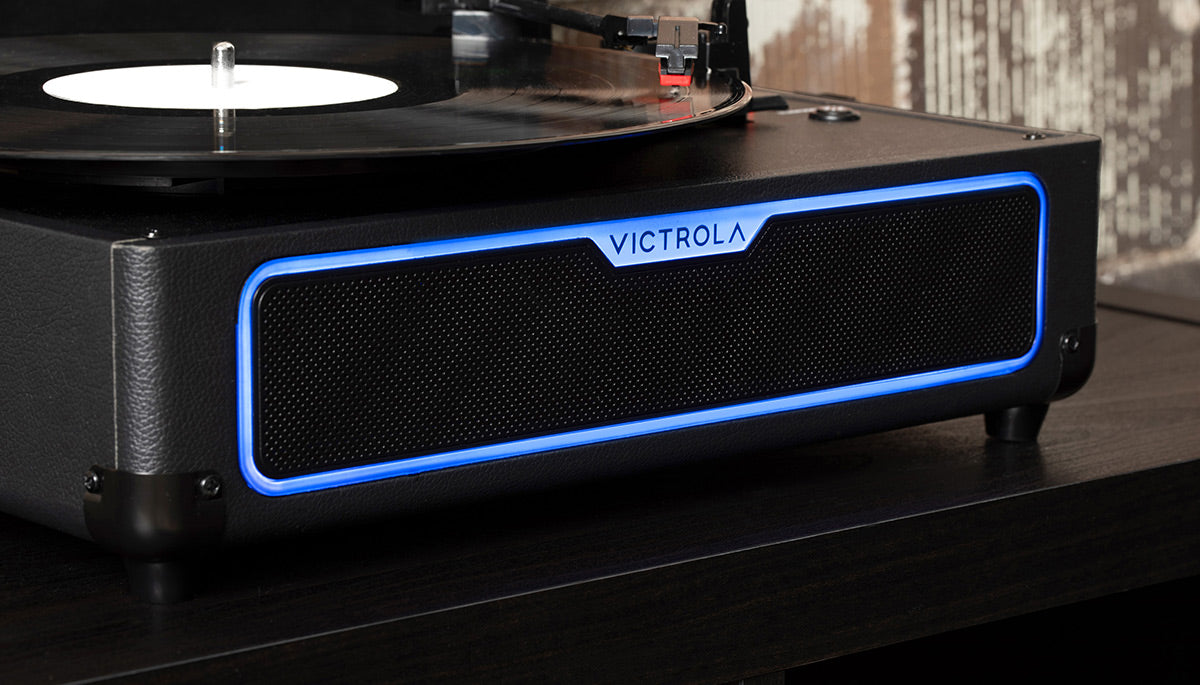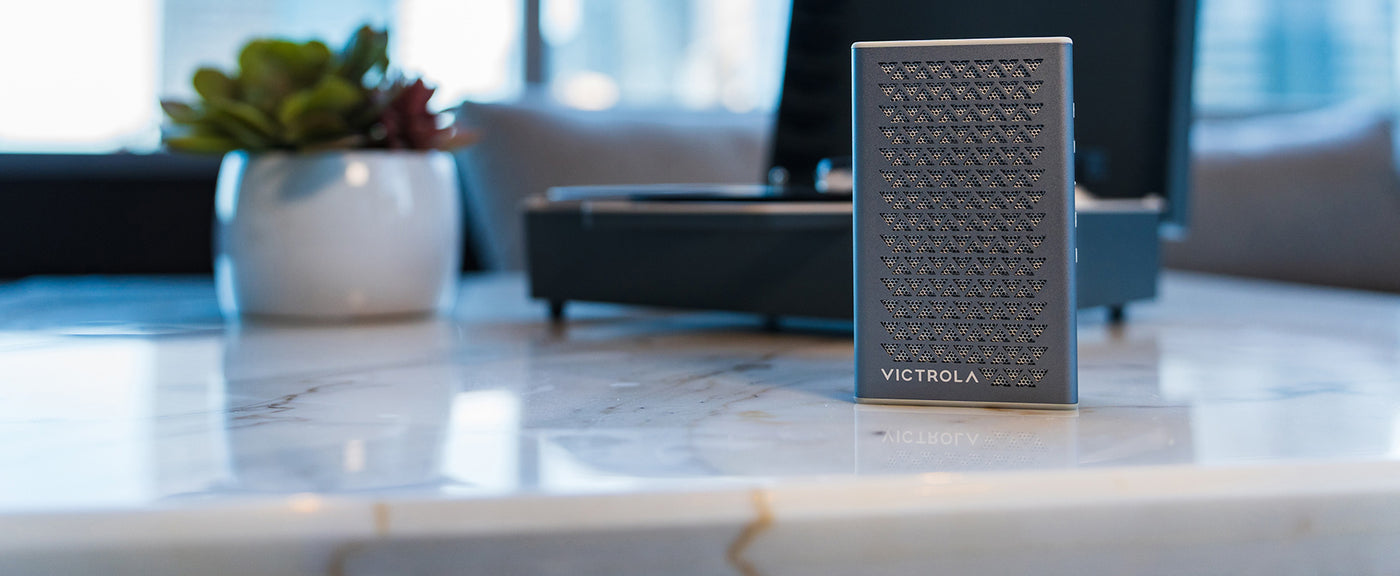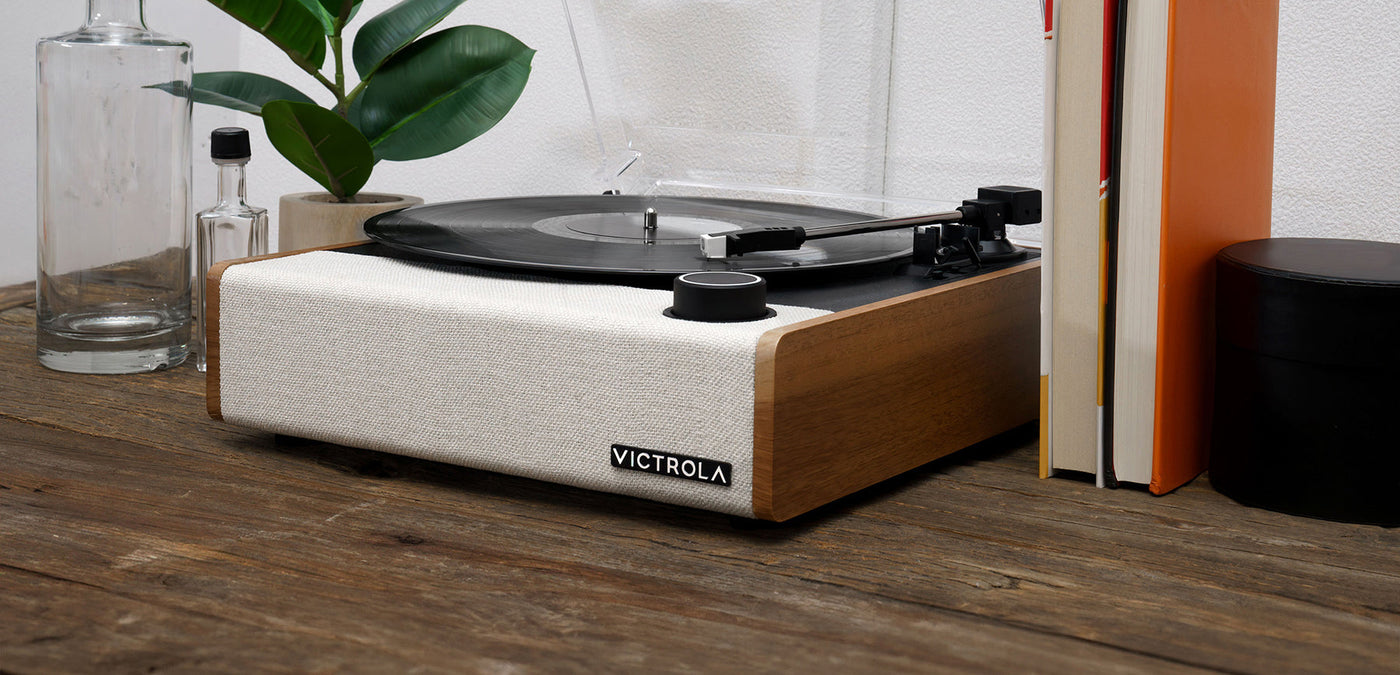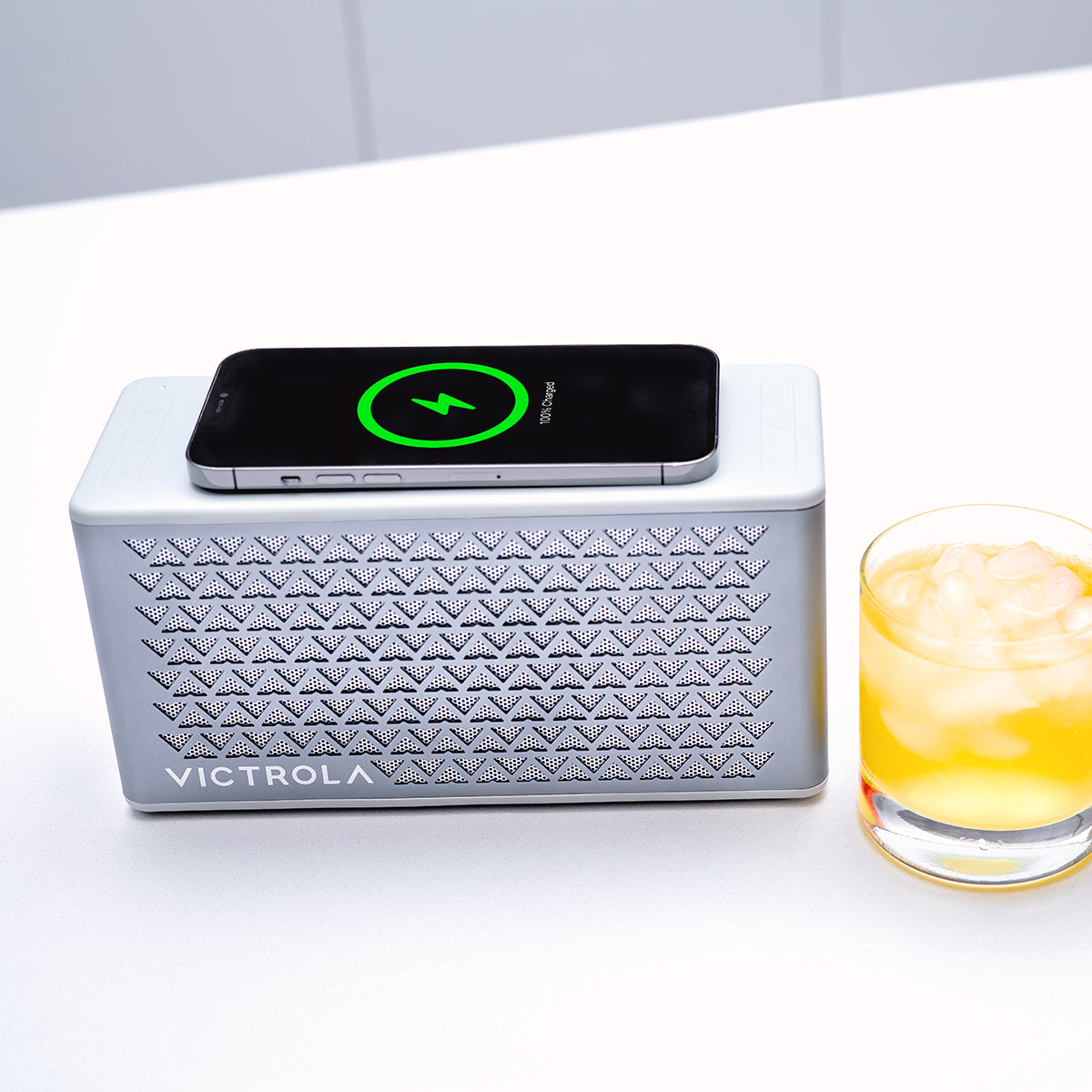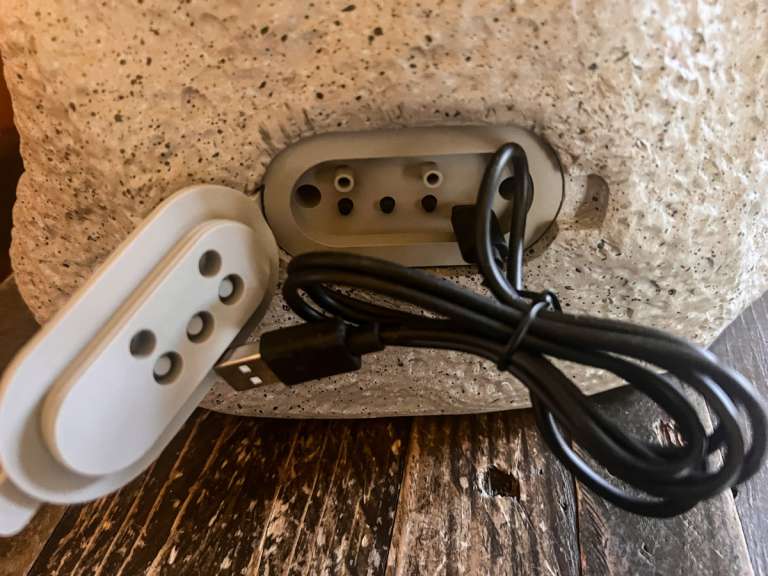Connect Victrola To Bluetooth Speaker

The resurgence of vinyl records has collided with the ubiquity of Bluetooth technology, creating a demand for seamless integration between classic analog players and modern wireless speakers. Many vinyl enthusiasts are seeking ways to bridge this gap, specifically looking to connect their Victrola record players, a brand synonymous with vintage charm, to their Bluetooth speakers for a more versatile listening experience.
This article explores the methods, challenges, and implications of connecting a Victrola record player to a Bluetooth speaker. The information presented herein is based on manufacturer specifications, user experiences gleaned from online forums and reviews, and expert opinions regarding audio technology.
Understanding the Connectivity Landscape
Connecting a Victrola to a Bluetooth speaker isn't always straightforward. The success of the connection depends on the specific Victrola model and the type of Bluetooth speaker being used. Some Victrola models come equipped with built-in Bluetooth transmitters, simplifying the process considerably.
However, many older or more basic models lack this feature, requiring the use of external devices to enable Bluetooth connectivity. This necessitates understanding the available options and their respective advantages and disadvantages.
Victrolas with Built-in Bluetooth
Newer Victrola models often boast integrated Bluetooth transmitters. This allows for direct pairing with any Bluetooth-enabled speaker. The process is typically as simple as activating Bluetooth on both devices and initiating the pairing sequence, as outlined in the Victrola's user manual.
User reviews frequently highlight the convenience of this feature, noting the ease of setup and the ability to enjoy vinyl wirelessly. However, some users have reported experiencing occasional connectivity issues or limitations in audio quality compared to wired connections.
Utilizing External Bluetooth Transmitters
For Victrolas without built-in Bluetooth, an external Bluetooth transmitter is required. These devices connect to the Victrola's audio output (usually RCA connectors or a headphone jack) and transmit the audio signal wirelessly to the Bluetooth speaker. Various models are available, offering different ranges, audio quality levels, and features.
Choosing the right transmitter is crucial for optimal performance. Factors to consider include the Bluetooth version supported (Bluetooth 5.0 or higher is generally recommended for improved stability and range), audio codec support (such as aptX for higher-quality audio), and user reviews regarding reliability.
Expert Tip: Ensure the external transmitter is powered on and properly paired with the Bluetooth speaker before playing the record. Experiment with different placement locations for the transmitter to minimize interference and optimize the Bluetooth signal.
Potential Challenges and Solutions
Connecting a Victrola to a Bluetooth speaker isn't always a seamless experience. Some common challenges include latency issues, audio quality degradation, and compatibility problems.
Latency, or audio delay, can be particularly noticeable when watching videos alongside the music. Audio quality may suffer due to Bluetooth's inherent compression, especially with lower-quality transmitters or speakers. Furthermore, some Bluetooth speakers may not be fully compatible with certain transmitters, resulting in connection failures or distorted audio.
Addressing Latency and Audio Quality
To minimize latency, opt for Bluetooth transmitters and speakers that support low-latency codecs like aptX Low Latency. This can significantly reduce the delay between the audio source and the speaker output. When using an external Bluetooth transmitter, ensure it is placed in an open area, away from potential sources of interference such as Wi-Fi routers and microwave ovens.
To improve audio quality, consider investing in a high-quality Bluetooth transmitter and speaker that support advanced audio codecs such as aptX HD or LDAC. These codecs offer higher bitrates and reduced compression, resulting in a more faithful reproduction of the original audio signal.
Important Note: While Bluetooth technology has improved significantly, it still generally cannot match the audio fidelity of a wired connection. For critical listening, a direct connection to a high-quality amplifier and speakers is often preferred.
The Future of Vinyl and Wireless Audio
The demand for wireless audio solutions is likely to continue growing. Manufacturers are responding by developing more sophisticated Bluetooth transmitters and speakers optimized for vinyl playback. Future innovations may include enhanced audio codecs specifically designed for vinyl's unique sonic characteristics and improved wireless range and stability.
As technology evolves, expect to see greater integration between vinyl record players and Bluetooth ecosystems. This could involve features such as automatic Bluetooth pairing, enhanced audio quality through advanced codecs, and seamless control through mobile apps.
The combination of classic vinyl and modern wireless technology offers a compelling blend of nostalgia and convenience, promising a bright future for vinyl enthusiasts seeking a versatile listening experience.


